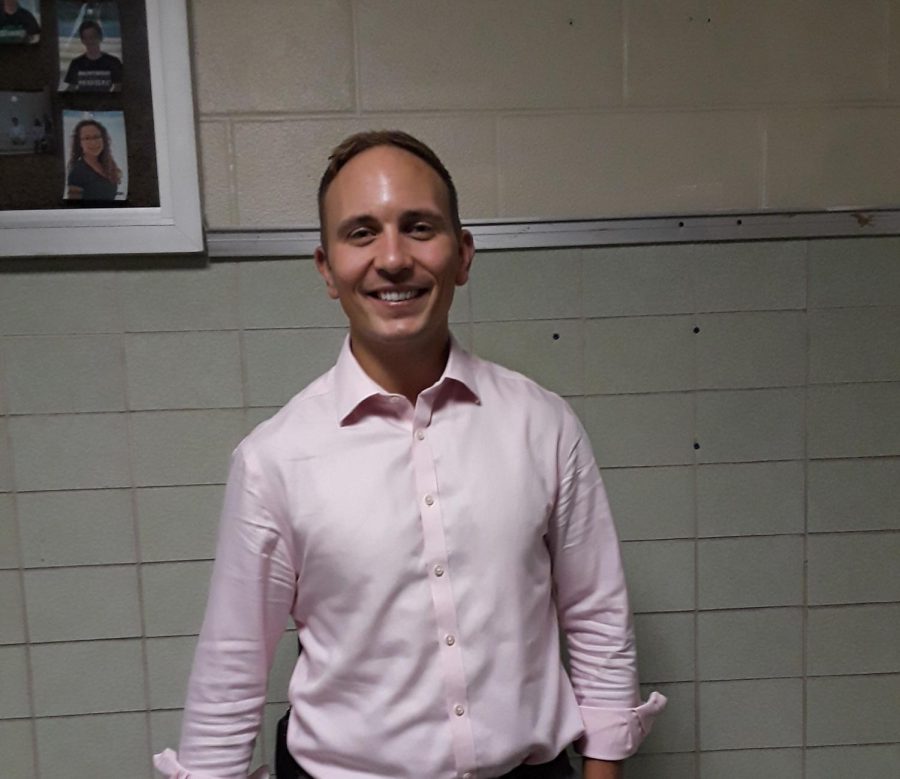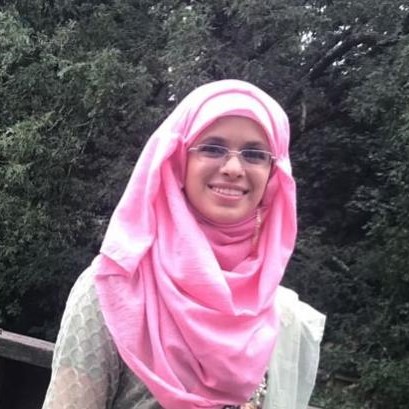Mr. Loper Brings A New Form of Discipline
Mr. Loper- the creator of Restorative Justice
October 2, 2019
The 2019-2020 school year has a big surprise waiting for us! Mr. Loper, with the help of Mr. Callan, decided to bring a program called Restorative Justice to Brentwood High School. The Brentwood Arrow interviewed him in the summer for all the details so that we as students and teachers are better able to understand the new change. Read for yourselves to see what’s in store in the new school year.
Q: What exactly is Restorative Justice?
A: Restorative Justice is the process of building a culture of care within the building. The idea is that when we focus on building deep relationships between student to student, and student to staff member, those relationships can be used and leveraged to help recognize and remediate small incidents before they turn… into large incidents.
Q: Why did you find it necessary to bring the program with you as you transferred?
A: I came from Franklin K. Lane High School in Brooklyn where I was trained in Restorative Justice through the New York State Department of Education. My principal wanted me to help implement this program in high school to help reduce infractions, incidents, and suspensions in the building. When I was going through my hiring process here in Brentwood, Mr. Callan, the building principal, recognized that this was something that he wanted to bring to the building and enjoyed that I had the skill set and experience to bring that to another school with a proven pattern of success.
Q: What results do you wish to see in Brentwood with this program?
A: We want to see great relationships between our students and staff while furthering that incredible culture that already exists here in Brentwood. We want to lower infractions at the ground level before they become larger incidents. We want to see a drop in suspensions but more importantly, we want to see student engagement increase and student learning increase. We want students in the classroom where they belong, learning from teachers that they know care about them and that they care about.
Q: How can teachers help?
A: At the beginning of the year, we’re going to have our teachers implement what’s called a community circle. It’s where students sit in a circle, and they talk about what’s going on in the classroom, what’s going on in their outside lives, and what’s going on within the community. Therefore they will build relationships through opening up to one another in these community circles. We’re going to need teachers to implement the community circles within their classrooms for the first couple of days of school, and then we are going to have them implement it every other week on a staggered period schedule, so you’re not always seeing the same teacher do it. We’re going to need teachers to focus on the training. We’re going to train the entire staff all of next year so that by June of 2020, the entire staff will be trained as well as implementing these community talking circles in their classrooms.
Q: What tips can you give to students for the next year to help stay out of trouble?
A: DO NOT be afraid to report an incident to one of the staff member or one of the peers that have a good relationship with a staff member that can help remediate the situation. We find that students try to handle too much on their own. Students as a whole are bogged down with tests grades and extracurricular activities, then they have families that they need to help support. DO NOT BE AFRAID TO SEEK HELP by one of your staff members in the building. It seems as simple as just tell somebody what’s going on, but if every student followed that motto of being able to seek support or have a champion in the building they can come and talk to about their issues, so many issues would be resolved.
Q: How was your past experience with this program?
A: It’s very labor-intensive on the front end, training the staff, developing the plan of action, figuring out what rooms and managing tools are going to be utilized in the building. Once it’s up and running, all of that front-loading really helps the program run itself. So with the implementation of the plan of action and all of the work we do ahead of time and the buying in from the staff and students, that’s the hard part. Once the program is running, it seems to almost run itself and really permeate into the culture of the school.
Q: What life experience of yours led you to implement this program?
A: I had a few teachers in school (I wasn’t always the greatest kid when I was in school. I wish I could say otherwise but I wasn’t), that really cared about me and recognized my potential and took the time in and out of the classroom to build a relationship with me, that I still stay in contact with today. Very far from graduating from high school, and I still have been in contact with these teachers! And it’s those relationships and those relationship-building skills that I took when I became a teacher, that when I became a dean and now as the assistant principal that I use to help be proficient with my job.
Q: Where do you see this program in the next five years?
A: In the next five years, we want to be fully operational in high school. We then want to, with the collaboration with Dr. Cavanaugh, get all of the middle schools trained, and then with the new social and emotional standards coming to the elementary schools, we want to implement it in the elementary schools. We want to go top-down so that within five years, the middle schools are being trained and we are beginning to take it to the elementary schools.




